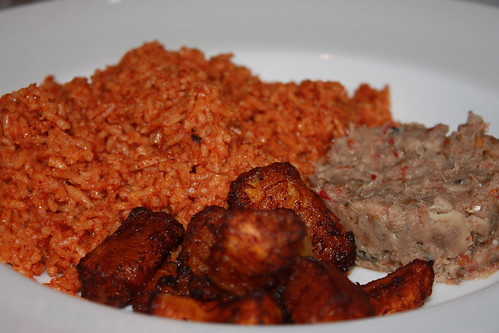I read an article the other day from my other home country, New Zealand. The article was full of outrage at a Tongan man who had attempted to eat his dog Ripper. The dog, a pitbull-terrier cross, had been given to him by a family member. But as the dog had a nasty habit of biting any visitors to the house, he decided to hit Ripper on the head (thus knocking him unconscious), slit Ripper’s throat, and then put him in an umu (a fire pit) to cook.
He had just done this when the SPCA turned up and stopped him. According to the SPCA, it’s totally unacceptable to eat dog in New Zealand, although it may be normal practice in the islands. They think the law should be changed so it is illegal for people to cook and eat dogs.
HANG ON, thought I. What authority did the SPCA have to stop this man? By the SPCA’s admission the dog was killed humanely. It wasn’t against the law. So what right did they have to march onto this man’s property and ruin his barbecue?
The whole tone of the article disturbed me. It came across as hypocritical and, frankly, racist. The suggestion was that we should be educating these island savages not to eat their pets, because that’s just not done in New Zealand.
Which of course is crazy, because white people in New Zealand have been eating their pets since they settled there. In Spring, plenty of children hand-rear pet lambs (often known by names such as “Mint Sauce” and “Gravy”) that later end up on the Christmas dinner table. No one has a problem with that. Why this special status for dogs?
Although I don’t eat any meat I don’t really see the difference between eating dog and eating any other animal, provided the animal is not endangered of course. In fact, dogs are probably one of the most sustainable animals I can think of. Once the Christmas lambs are gone, you could go down to the SPCA and select one of the hundreds of puppies that are abandoned after the festive season. These puppies often end up being euthanized if there is no one to claim them. What a waste! Why not take them home, fatten them up, and pop them on the barbie? According to our Tongan friends they are very good eating!
In fact, I would be happier to eat a dog that had had a pleasant life with a family that had played with it, fed it well, and given it a good life, than for example a pig that had been stuffed into a crate too small for it to even turn around. Bacon is pretty much the national food of New Zealand. You can’t order a salad, soup or sandwich without it being full of the stuff. So the national demand for cheap pig meat has led to these poor animals (which are more intelligent and sensitive than dogs) being kept in horrific conditions. Ok, some people have a problem with this, but is bacon off the menu? If it’s not bacon then it’s chickens packed in tiny cages, debeaked and featherless. It seems the message is that animals raised in suffering are ok to eat, but happy animals raised with love are a no-go.
I wonder if the real reason the country has reacted so violently to this issue is that the entire economy of New Zealand is built upon the raising and slaughter of animals. I suspect no one wants to think about that too hard, or examine their own personal guilt. So draw an arbitrary line, animals on one side of the line are perfectly ok to kill and eat, animals on the other side are not ok and if you eat them you are an uncultured savage. How does that make sense?
Today the media seems to have realised that perhaps it was a tiny bit hypocritical and one-sided in that last article, and have finally presented the other side of the story:
Cultural experts in New Zealand have spoken out against a proposed ban on the eating of dog meat, saying to do so would be culturally insensitive and deprive people of a viable food source in tough economic times.
…
Euroasia director Kenneth Leong, whose company specialises in cultural consultancy, said the uproar was “a demonstration of cultural insensitivity bordering on ignorance and hypocrisy”.
So, what do you think? Would you eat dog (or have you eaten dog)? Would you stop someone else from eating it?















